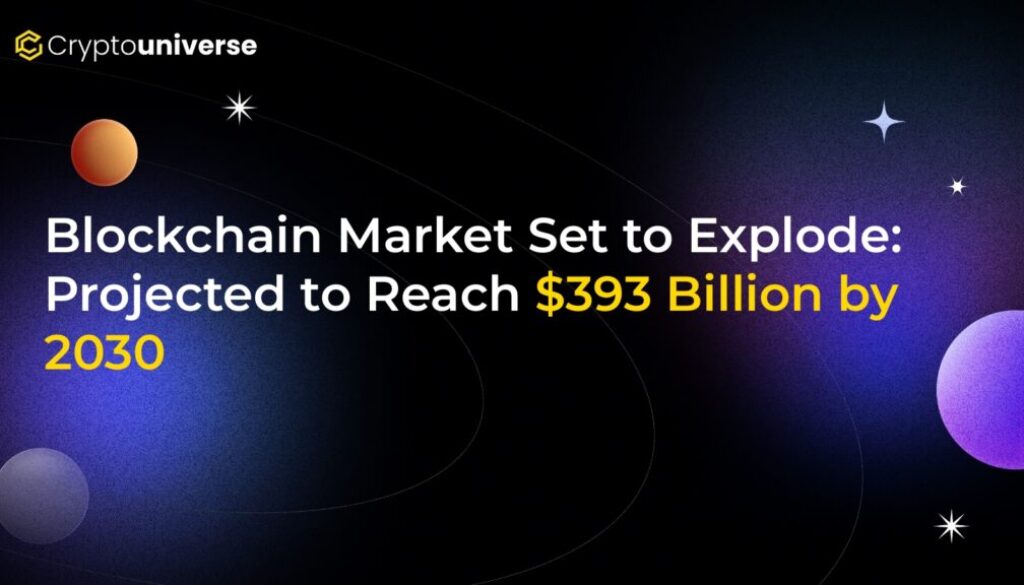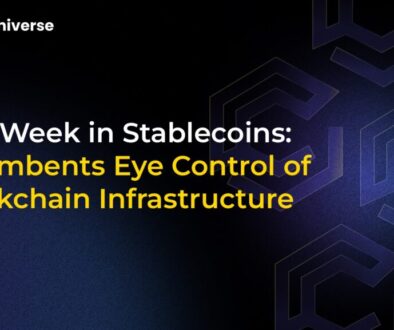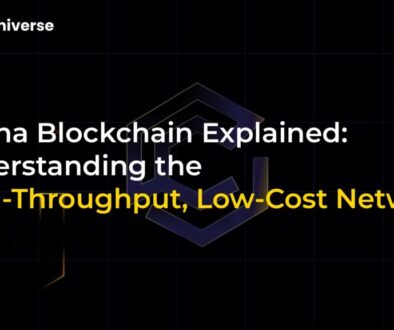Blockchain Market Set to Explode: Projected to Reach $393 Billion by 2030

A New Era of Digital Transformation: Blockchain’s Meteoric Rise
The digital landscape is on the cusp of a monumental shift, and blockchain technology is at the epicenter. According to a recent industry report from MarketsAndMarkets, the global blockchain market is not just growing; it’s exploding. Projections show the market soaring from $32.99 billion in 2025 to an astonishing $393.45 billion by 2030. This represents a compound annual growth rate (CAGR) of 64.2%, signaling a tidal wave of adoption across virtually every industry.
This incredible growth isn’t just about cryptocurrencies. It’s about a fundamental rewiring of how businesses handle data, manage transactions, and build trust. From streamlining supply chains to securing financial services, blockchain is proving to be the foundational technology for a more transparent and efficient future. Let’s dive into the key drivers behind this surge and see how innovative companies are already capitalizing on this trend.
What’s Fueling This Explosive Growth?
The rapid expansion of the blockchain market is fueled by a convergence of critical business needs. Companies are increasingly turning to decentralized solutions to solve age-old problems of security, transparency, and inefficiency.
1. The Unyielding Demand for Security and Transparency
In industries like banking, retail, and supply chain management, the stakes are incredibly high. These sectors handle massive volumes of sensitive data and financial exchanges where trust is paramount. Blockchain’s core feature—an immutable, shared ledger—offers an elegant solution. It enables:
- Immutable Records: Once a transaction is recorded, it cannot be altered or deleted, drastically reducing the risk of fraud and data tampering.
- Real-Time Verification: All parties on the network can verify transactions instantly, creating a single source of truth and eliminating disputes.
- Enhanced Traceability: In supply chains, blockchain allows for the tracking of goods from origin to consumer, ensuring authenticity and ethical sourcing.
2. Slashing Costs and Boosting Efficiency
Traditional business processes are often bogged down by intermediaries, manual paperwork, and lengthy settlement times. Blockchain streamlines these workflows by automating processes and removing the middleman. This leads to significant operational benefits, including:
- Automated Transactions: Smart contracts—self-executing contracts with the terms of the agreement directly written into code—automate everything from payments to compliance checks.
- Faster Settlements: By eliminating the need for third-party verification, blockchain can reduce transaction settlement times from days to mere minutes.
- Reduced Administrative Overhead: Automation and simplified processes cut down on the manual labor and administrative expenses required to run critical business operations.
The Next Frontier: Generative AI Meets Blockchain
Just as blockchain adoption is hitting its stride, another technological revolution is amplifying its potential: Generative AI. The integration of Gen AI into blockchain ecosystems is creating a powerful synergy that pushes decentralized systems to become more intelligent, responsive, and aligned with business goals.
Gen AI can significantly streamline the development of smart contracts by generating, testing, and validating code with greater efficiency, reducing both development time and human error. Furthermore, it strengthens security by analyzing large-scale transaction patterns on the blockchain to detect and flag anomalies in real time, offering a proactive defense against fraud. In applications like supply chain management, AI can synthesize complex datasets stored on the blockchain to provide actionable insights, dramatically improving traceability and operational transparency.
Companies on the Forefront of the Blockchain Revolution
The projected <$393 billion by 2030> market isn’t just a forecast; it’s being built today by forward-thinking companies. Here are a few examples of how businesses are actively participating in this growth:
Building the Infrastructure: SonicStrategy
A robust blockchain ecosystem needs powerful infrastructure. SonicStrategy Inc., a subsidiary of Spetz Inc., is a prime example of a company building the foundational layer. By launching its second institutional-grade validator on the Sonic network with a massive 126.6 million Sonic tokens ($S) staked, it has become the largest self-staked operator on the blockchain. This not only enhances the security and decentralization of the network but also creates a significant revenue stream through staking rewards, which are projected at an annualized run-rate of roughly $2.7 million CAD.
Corporate Adoption and Treasury Management: BitMine and SharpLink
A clear sign of market maturity is when corporations begin holding digital assets in their treasuries. BitMine Immersion Technologies has made a bold statement by accumulating over $10.77 billion in crypto holdings, primarily in Ethereum (ETH), making it the largest corporate ETH treasury in the world. Similarly, SharpLink Gaming, Inc., another major corporate holder of ETH, is actively promoting Ethereum adoption by participating in major global digital asset conferences, signaling strong institutional belief in the ecosystem’s future.
Bridging Traditional and Decentralized Finance: Trump Media
To achieve mass adoption, blockchain-based assets need accessible on-ramps for traditional investors. Trump Media and Technology Group Corp. is tapping into this by filing for a series of “America First” themed exchange-traded funds (ETFs). By creating regulated financial products like ETFs, companies can bridge the gap between Wall Street and the world of digital assets, making it easier for a broader audience to invest in the space.
Pioneering New Use Cases: Eightco Holdings
Beyond finance and supply chains, companies are exploring novel applications for blockchain. Eightco Holdings, which recently changed its ticker to ORBS, is implementing a Worldcoin treasury strategy to lead what it calls the “Proof of Human revolution.” This highlights the continuous innovation in the space, as developers and businesses find new ways to leverage blockchain for identity, governance, and more.
The Takeaway
The journey to a $393 billion market is well underway. Driven by the core needs for security, efficiency, and transparency, and accelerated by the integration of powerful technologies like AI, blockchain is transitioning from a niche concept to a mainstream pillar of the global economy. The companies building infrastructure, investing in digital assets, and creating innovative solutions today are positioning themselves at the forefront of one of the most significant technological transformations of our time.


